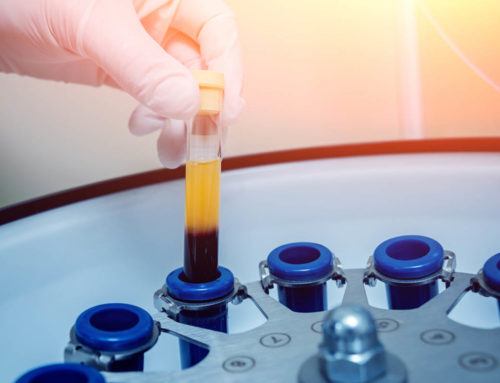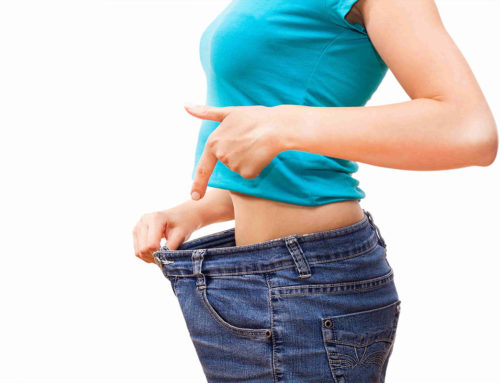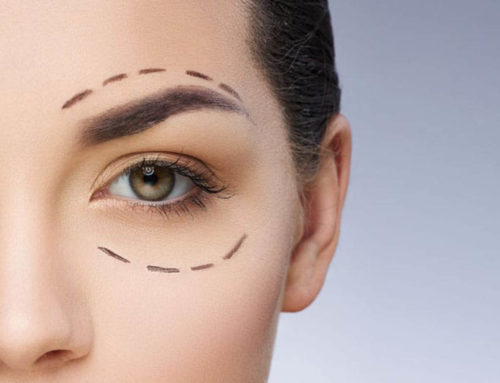For individuals seeking to remove stubborn pockets of fat in specific areas, liposuction is a suitable procedure. The targeted area is contoured while excess fat deposits are extracted, resulting in the desired figure for the patient. To promote quick recovery following the procedure, incorporate these eight established tips for liposuction recovery.

Liposuction Recovery Timeline
- 48-72 hours post-surgery: Pain and discomfort are common during this period, and patients are given pain medication to alleviate it. Wearing a compression garment, getting enough rest, and avoiding physical activities are advised.
- 1-2 weeks after the surgery: Some pain and discomfort may persist, but patients can typically return to work as long as they avoid strenuous activities. They should continue wearing the compression garment and monitor their incisions and fluid drainage.
- 2-5 weeks after the surgery: The pain should have subsided, and the results of the procedure should start becoming visible. All incisions should be fully healed, but some treated areas may still have bruising and swelling. Most patients can resume moderate exercise, but intense workouts should be avoided until cleared by the surgeon.
- 6+ weeks after the surgery: Swelling and bruising have usually resolved by this time, and patients can see the results of the procedure. Compression garments are no longer necessary, and most patients can engage in high-impact exercises with the surgeon’s approval.
1- Healthy Diet
Maintaining a healthy diet is crucial for a speedy and smooth recovery after liposuction surgery. A well-balanced diet can also help minimize swelling, and incorporating vitamins, antioxidants, and other essential nutrients can aid in proper healing and regaining strength. To prepare for the procedure, it is recommended to:
- Reduce salt intake to prevent water retention and worsening of swelling.
- Increase protein intake to aid in wound healing and muscle and skin regeneration.
- Limit sugar intake to avoid suppressing the immune system.
- Consume small, frequent meals to prevent nausea and bloating.
After the procedure, following a post-liposuction recovery diet is recommended, including foods such as watermelon, strawberries, grapefruit, celery, and zucchini.
2- Don’t stop moving
It’s important to let your body rest and recover for the initial 24 hours after liposuction surgery. However, after this period, engaging in light exercise, such as short walks, can aid in accelerating the healing process. Intensive exercise should be avoided during the first few weeks, and your surgeon can provide guidance on what physical activities are permitted and when you can resume them.
3- Stay hydrated
Staying hydrated is essential to prevent dehydration during the recovery period after liposuction surgery. It is recommended to consume around eight glasses of water daily, but after the procedure, the water intake should increase to 10-12 glasses per day. Other suitable beverages include tea, diluted fruit juice, low-calorie drinks, and skim milk. It’s best to avoid high-sodium beverages.
4- Dress carefully
Choosing the right clothing is crucial for a smooth and speedy recovery after liposuction surgery. Tight-fitting clothes can irritate the skin and impede the healing process. It’s important to prioritize comfort during the recovery period, and many surgeons advise wearing loose-fitting and comfortable clothing.
5- Avoid soaking
It’s essential to avoid soaking in water during the recovery phase after liposuction surgery since it can slow down the healing process and increase the risk of infection. Avoid taking a bath, using a hot tub, or immersing yourself in water until you have fully recovered. Instead of soaking in a bathtub, consider getting a gentle massage to relieve any accumulated tension.
6- Lymphatic massage therapy
Lymphatic massage, which aims to eliminate accumulated toxins from the lymph nodes, has been found to reduce the recovery time while minimizing discomfort and pain after liposuction surgery. This form of massage is typically performed on a weekly basis and has also been shown to enhance the patient’s immunity, thereby reducing the risk of infection.
It is crucial to attend your follow-up appointments with your surgeon after liposuction to ensure that you are healing correctly and making progress. Your surgeon can monitor your recovery and address any concerns or issues that may arise during the healing process. If you are interested in learning more about liposuction as a potential treatment for stubborn fat, consider scheduling a consultation appointment with IstanBest Clinic.




